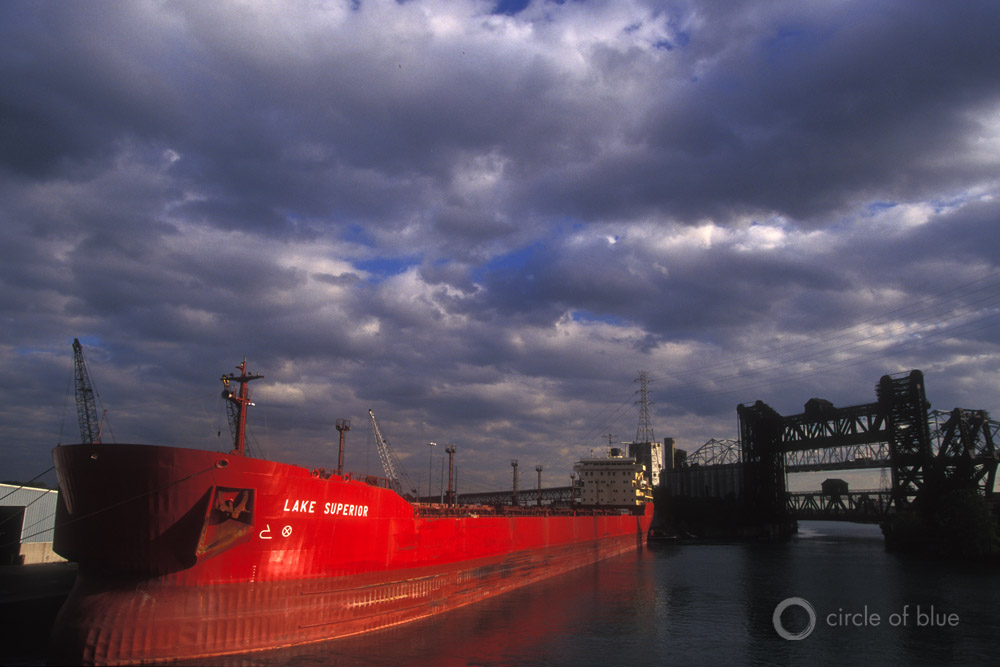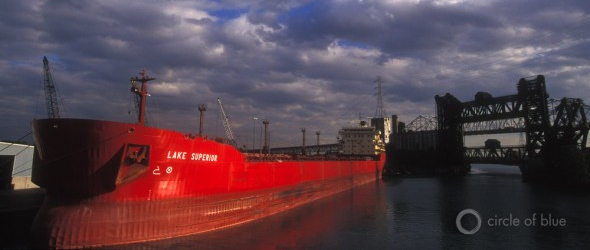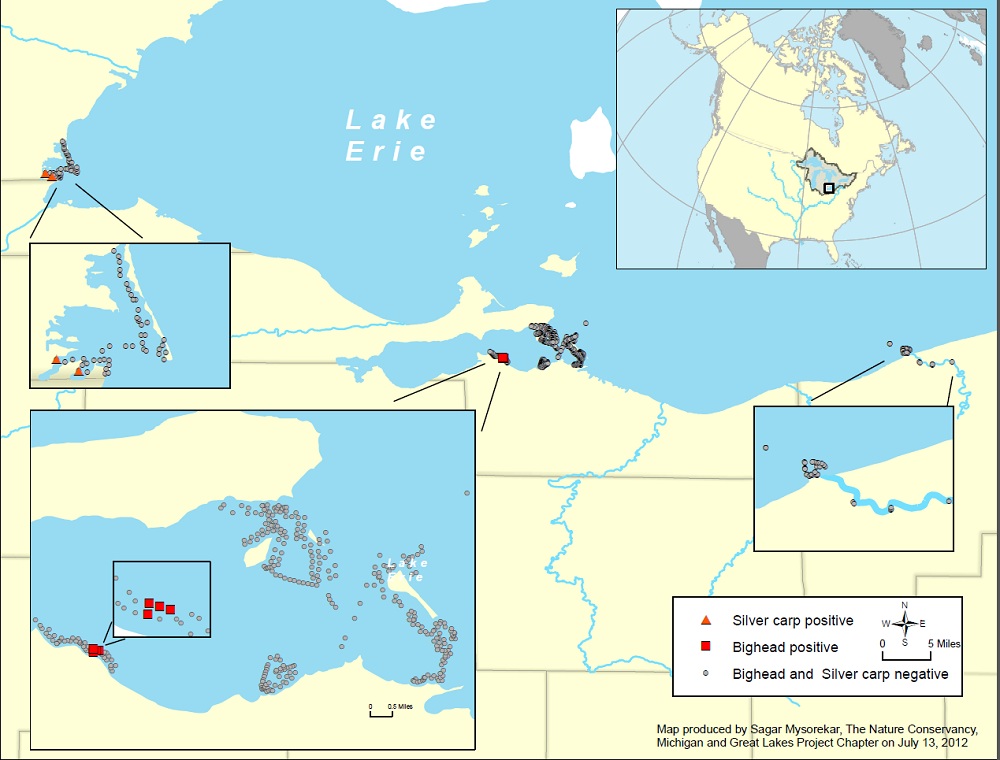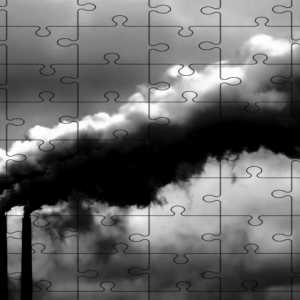Report: Water Levels Hit Record Lows in Two Great Lakes, Wildlife Struggles to Cope with Changing Climate
Drought and reduced winter ice are contributing to declining water levels in the Great Lakes. As Lake Michigan and Lake Huron hit record lows, a new report outlines what changes in water levels mean for the region’s flora and fauna.

A tugboat positions the freighter S.S. Lake Superior in the mouth of the Calumet River at the Port of Chicago, a major shipping point for grain, steel, and other commodities. Photo © J. Carl Ganter / Circle of Blue
The latest numbers released by the U.S. Army Corps of Engineers on February 5 show that both Lake Michigan and Lake Huron — which are connected — are experiencing the lowest water levels since record-keeping began in 1918. Water levels were an average of 175.57 meters (576.02 feet) for the month of January, approximately 2.5 centimeters (1 inch) lower than the previous record set in 1964.
“Not only have water levels on Michigan-Huron broken records the past two months, but they have been very near record lows for the last several months before then,” said John Allis, chief of the Great Lakes Hydraulics and Hydrology Office at the Corps, in a press release. “Lake Michigan-Huron’s water levels have also been below average for the past 14 years, which is the longest period of sustained below-average levels since 1918 for that lake.”
Low water levels, which the Corps attributes to below-average snowfall during the winter of 2011-2012, last summer’s drought, and above-average evaporation during the summer and fall of 2012, have the potential to hurt the Great Lakes’ shipping industry. Lake Michigan-Huron is currently 43 centimeters (17 inches) below chart datum — the level of water from which depths on nautical charts are measured — and Lake Superior is 25 centimeters (10 inches) below chart datum. Water levels determine how much cargo can be carried by ships, and, as Circle of Blue reported last August, every centimeter of lost draft equates to 95 fewer metric tons of cargo (one inch less draft reduces loads by 267 tons) on a big ore carrier.
For the water levels on Lake Michigan-Huron to reach even near-average water levels again, the Corps said it will take many seasons with above average precipitation and below-average evaporation.
Not content to wait, some property owners and conservation groups, including the Sierra Club, are asking the federal government to consider installing sills — underwater dams — in the St. Clair River to slow the outflow of water from Lake Huron. Dredging and mining operations in the St. Clair River, and the resulting erosion, have contributed to a 48-to-53-centimeter (19-to-21-inch) drop in long-term average lake levels, according to federal studies, the Milwaukee Journal Sentinel reported. Restoration projects in the river, however, could cost between $US 30 million and $US 170 million, a 2012 report from the International Joint Commission found.
Wildlife Face Climate Stress
Declining lake levels are but one of the changes that the Great Lakes Basin is experiencing. More extreme precipitation events, declining ice cover, and warmer water temperatures are also expected to take a toll on wildlife in the Basin, according to a new report from the National Wildlife Federation published January 30.
“Extreme conditions are likely to have some of the biggest impacts on wildlife in the coming decades simply because floods, droughts, frosts, and winter thaws are the sorts of events that exceed normal tolerance levels, directly killing organisms or altering their competitive balance,” the report’s authors wrote.
Heavy rainfall events can increase runoff of agricultural fertilizers, leading to large algal blooms like those seen in Lake Erie in 2011. Meanwhile, warmer water temperatures in the Great Lakes and their tributaries can reduce suitable habitat for native fish while encouraging the growth of invasive species like the sea lamprey.
“Streams flowing into the Great Lakes, such as the Black River in northern Ohio, could lose a third of their fish species by mid-century — including popular sport fish such as pumpkinseed, smallmouth bass, and yellow perch — as increasing air temperatures cause water temperatures to exceed their thermal thresholds of reproduction and survival,” according to the report.
Visit Circle of Blue’s Great Lakes Climate page to read more of our reporting on the region’s water issues.
Source: International Joint Commission; Milwaukee Journal Sentinel; National Wildlife Federation; U.S. Army Corps of Engineers
A news correspondent for Circle of Blue based out of Hawaii. She writes The Stream, Circle of Blue’s daily digest of international water news trends. Her interests include food security, ecology and the Great Lakes.
Contact Codi Kozacek








Comments are closed.